Eastern White Pine Lumber
- July 31, 2023
- 0 comment
Eastern White Pine Lumber’s popularity stems from its outstanding combination of desirable traits, making it a top choice in the world of softwoods. Renowned for its versatility, this timber finds application in a wide array of projects due to its exceptional workability and adaptability.
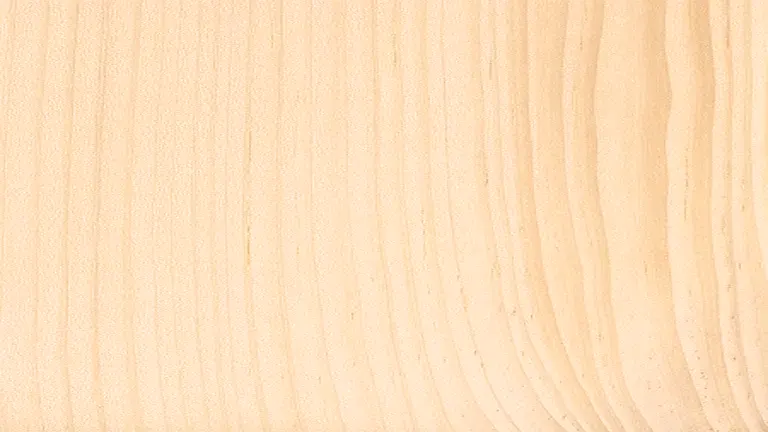
Woodworkers and builders appreciate its ease of manipulation, as it responds gracefully to cutting, carving, and shaping, resulting in precise and intricate designs. Furthermore, Eastern White Pine’s aesthetic allure adds to its allure. The wood boasts a delightful color palette, showcasing a soft, pale hue that ranges from light brown to creamy white, exuding a warm and welcoming ambiance.
Complemented by its straight grain and fine texture, the lumber becomes a perfect canvas for staining or painting, allowing artisans to craft captivating finishes. Whether employed in construction, furniture-making, or cabinetry, Eastern White Pine effortlessly complements diverse styles and interior themes. The Eastern White Pine tree, scientifically known as Pinus strobus, stands tall as a native inhabitant of the eastern regions of North America.
| Common Name(s) | Eastern White Pine |
|---|---|
| Scientific Name | Pinus strobus |
| Distribution | Eastern regions of North America |
| Tree Size | Height: 80-150 ft (24-46 m) |
| Diameter: 2-4 ft (0.6-1.2 m) | |
| Average Dried Weight | 26 lbs/ft3 (420 kg/m3) |
| Specific Gravity | 0.33 – 0.38 |
| Janka Hardness | 380 lbf (1,690 N) |
| Modulus of Rupture | 7,600 lbf/in2 (52.4 MPa) |
| Elastic Modulus | 1,190,000 lbf/in2 (8.21 GPa) |
| Crushing Strength | 5,180 lbf/in2 (35.7 MPa) |
| Shrinkage | Radial: 3.9%, Tangential: 6.6%, |
| Volumetric: 11.0%, T/R Ratio: 1.7 |
Appearance and Properties:
Color/Appearance:
Eastern White Pine exhibits a visually appealing color range, with a pale, even-toned, light brown to creamy white hue. As the wood ages and is exposed to sunlight, it develops a subtle darkening, enhancing its natural beauty and charm. This color variation allows for versatility in design, making it an excellent choice for a wide range of interior and exterior applications.
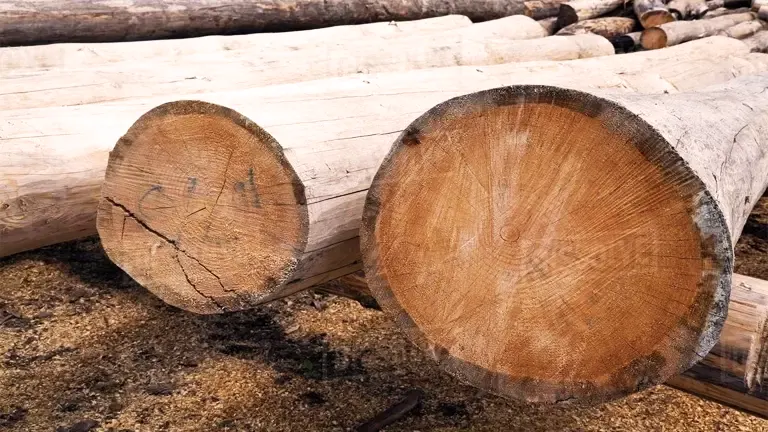
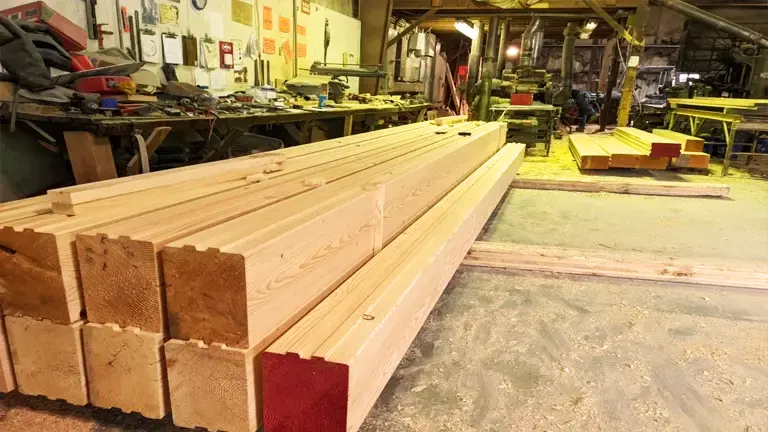
Grain/Texture:
The wood grain of Eastern White Pine is predominantly straight, contributing to its elegant and classic appearance. While the grain is generally uniform and fine, knots and other irregularities are quite common, adding character and rustic charm to the finished product. This distinctive combination of straight grain and occasional knots makes Eastern White Pine a favored choice for painted or stained finishes, as it can lend both a refined or more rustic aesthetic to various projects.
Rot Resistance:
Despite its many desirable qualities, Eastern White Pine is not naturally resistant to decay and is vulnerable to rot when exposed to excessive moisture. To protect the wood from rot, it is essential to apply suitable finishes and ensure proper ventilation and drainage in outdoor applications.
Workability:
Eastern White Pine is a woodworker’s dream when it comes to workability. Thanks to its soft and straight grain, the lumber is incredibly easy to work with, earning it a reputation as one of the most cooperative and forgiving woods. It responds well to cutting, shaping, and joinery techniques, making it an ideal choice for both experienced craftsmen and DIY enthusiasts. Additionally, Eastern White Pine machines exceptionally well, glues easily, and securely holds nails and screws.
Odor:
One of the delightful attributes of Eastern White Pine is its distinctive and invigorating pine scent. The wood emits a fresh and pleasant aroma that evokes images of serene pine forests, making it a favorite for those who appreciate the great outdoors.
Allergies/Toxicity:
In general, Eastern White Pine is considered safe and non-toxic. It is not known to cause significant allergic reactions, making it a suitable choice for most individuals. However, as with any woodworking project, it is essential to take standard safety precautions, such as wearing appropriate protective gear and ensuring proper ventilation in the workspace.
Pricing/Availability:
Eastern White Pine lumber is widely available and often more affordable compared to many hardwood options. Its accessibility and cost-effectiveness make it an attractive choice for a wide range of applications, from large construction projects to smaller crafts.
Sustainability:
Eastern White Pine is an environmentally friendly choice due to its fast growth rate and responsible forestry practices. When sourced from well-managed forests, the use of Eastern White Pine contributes to sustainable timber production.
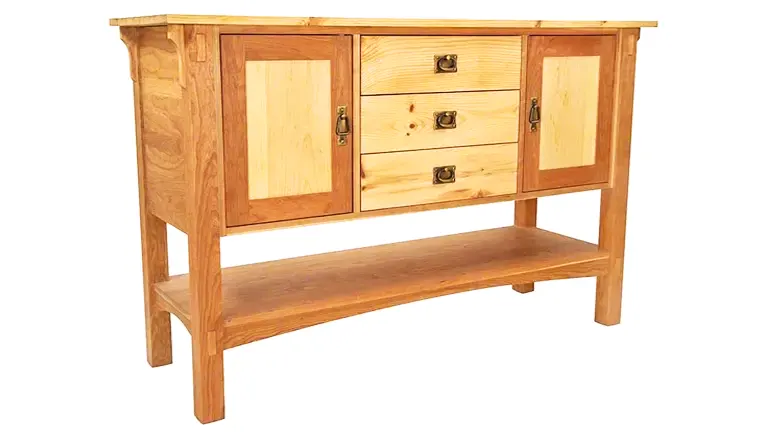
Common Uses:
Eastern White Pine lumber finds extensive application across various industries. Its versatility makes it a staple in construction, where it is used for framing, sheathing, and general lumber purposes. Its appealing appearance and ease of workability make it a popular choice for interior and exterior trim, paneling, doors, and windows. Additionally, Eastern White Pine’s charming character makes it a favored material for crafting furniture, cabinetry, and wooden containers. Its adaptability ensures it remains a classic and reliable choice for countless projects, both utilitarian and artistic in nature.
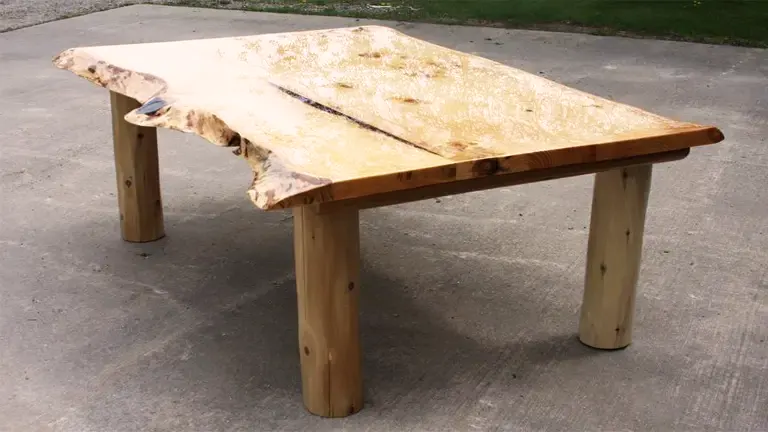
FAQs:
- Is Eastern White Pine a strong wood?
Eastern White Pine is relatively soft and has moderate strength properties. While it may not be as robust as some hardwoods, it is suitable for a variety of applications and is valued for its ease of workability. - Can Eastern White Pine be used outdoors?
Eastern White Pine is best suited for interior applications or protected outdoor use. It is not naturally resistant to decay and may not withstand prolonged exposure to harsh weather conditions without proper treatment or finishing. - Is Eastern White Pine suitable for staining or painting?
Yes, Eastern White Pine takes stains and paints exceptionally well, and its even texture allows for a smooth and attractive finish. - How does Eastern White Pine compare to other pine species?
Eastern White Pine is generally lighter in color than other pine species, such as Southern Yellow Pine. Its fine texture and workability set it apart from many other pines. - Is Eastern White Pine sustainably harvested?
When sourced from responsibly managed forests, Eastern White Pine can be a sustainable choice. Look for lumber with certifications from organizations like the Forest Stewardship Council (FSC) to ensure its sustainability.


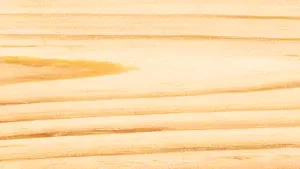
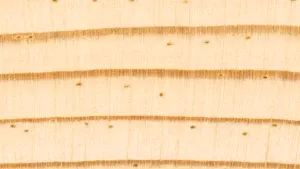
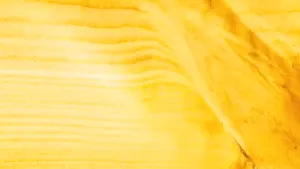
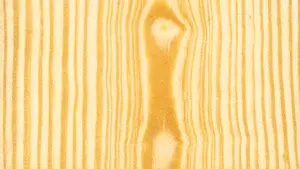
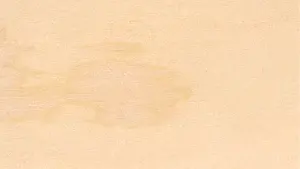
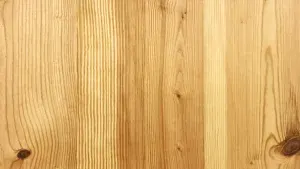

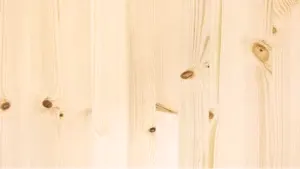


Leave your comment